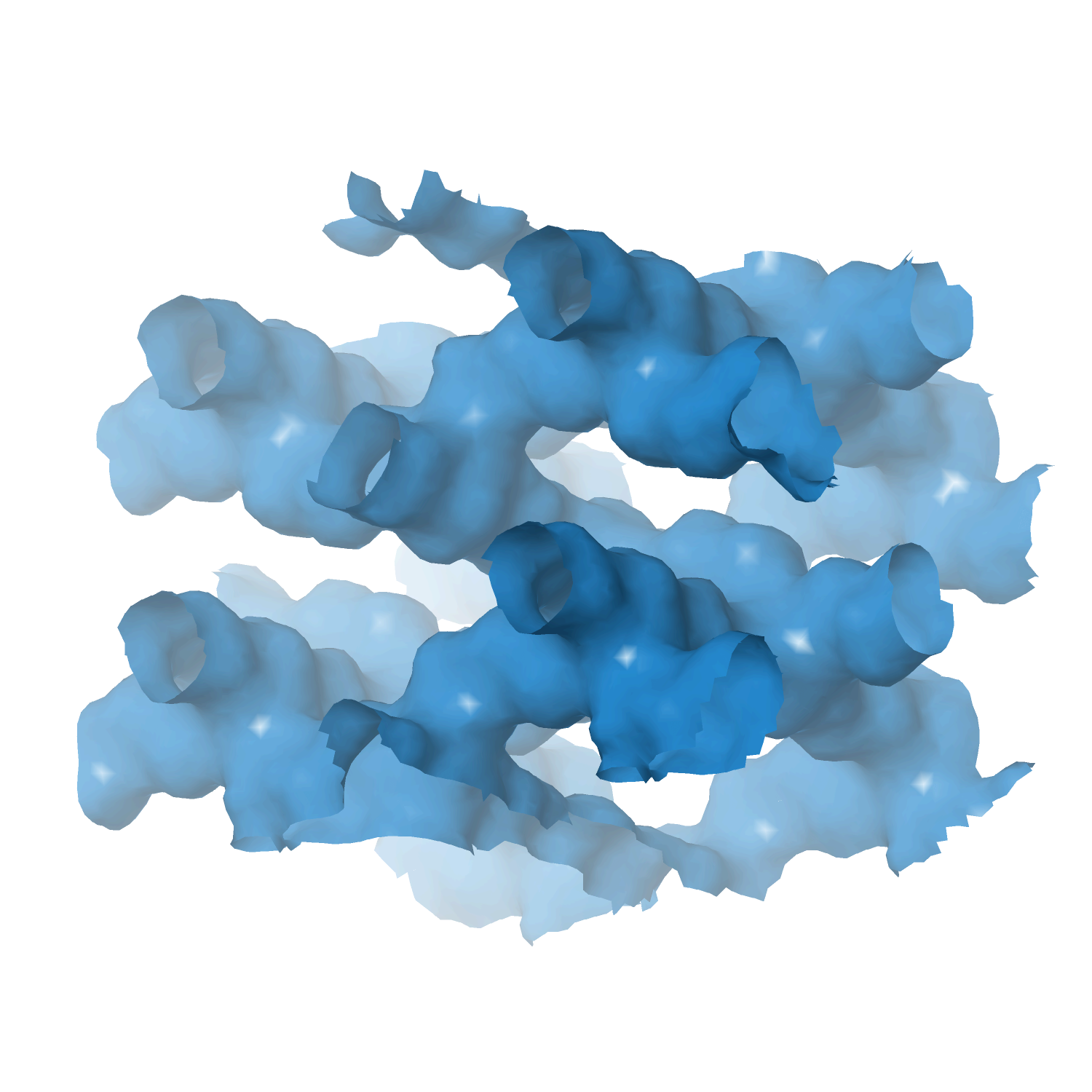Heterogeneous catalyst engineering ⇒ from stable and deactivation resistant to viable technical catalyst
Advances in heterogeneous catalyst “structure” are driven to improve their “function” or performance, i.e., activity, selectivity, and stability. Cooperative research is required to understand the structure and function relationships: developing new synthesis protocols for heterogeneous catalysts with unique surface properties, defined porosity, identification and understanding of catalytically active sites, reaction mechanisms, and finally, prediction and analysis of the processes using various computational tools.
Our group focuses on developing new catalyst formulations using innovative synthesis routes for various important heterogeneous catalysts. That includes thermal, electro, and bio-electro catalysis.
The active phase cannot be used directly in its final application or reactor for various reasons, including poor mechanical resistance, heat or mass transport, and fluidization features. We must mix the active phase with other ingredients in a matrix of binder and filler, while we shape it into a technical catalyst. We investigate new synthetic protocols for technical catalysis using spray drying and fluidized beds to cover the whole range of sizes. At the same time, we incorporate additional (unconventional) ingredients such as SiC to improve some features even further.
- Technical catalyst I ⇒ spray drying and extrusion
- Technical catalyst II ⇒ spray fluidized bed reactor
- Technical catalyst III ⇒ electrospinning
- Zeolite catalysts ⇒ with defined structure/porosity
- Multi-metal (high entropy) alloy catalysts
- MXene catalysts ⇒ single and multi-dimensional
- Perovskite catalysts
- Metal-organic framework (MOFs) catalysts
- Supported metal/metal-oxide catalysts
- Aerogel catalyst
Critical review on the synthesis, characterization, and application of highly efficient metal chalcogenide catalysts for fuel cells
by
Eisa, Abdelkareem, Jadhav, Mohamed, Sayed, Olabi, Castaño, Chae
Prog. Energy Combust. Sci.
Year:
2023
DOI:
https://doi.org/10.1016/j.pecs.2022.101044
Abstract
The shift in the energy sector toward green resources makes fuel cells increasingly relevant as a supplier of green and sustainable energy. However, factors such as expensive catalysts, anodic poisoning, and fuel crossover reduce the lifetime and performance of the fuel cells, necessitating catalysis improvement. This review article presents the unique capabilities of metal chalcogenides (MC) as tailored catalysts, elucidating their synthesis, testing techniques, and performance evaluations. MC catalysts are matured via various physical and chemical methods to control their morphology, quantity, dimension, and size. Upon synthesis, the catalyst performance is quantified using three-electrode cells, followed by tests in fuel-cell prototypes. As anodic catalysts, MCs oxidize various fuels such as methanol, ethanol, urea, and impure H2 at high current densities and low onset potentials, while hindering the poisoning species. As cathodic catalysts, MCs exhibit current values similar to that exhibited by their noble metal counterparts while reducing oxygen selectively in the vicinity of the fuels via four electron transfers at a wide range of potentials.
Keywords
EPB
HCE
